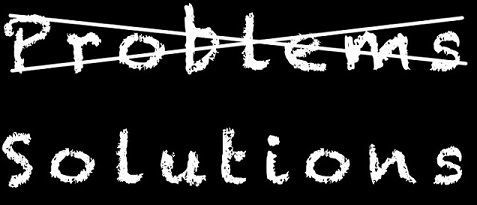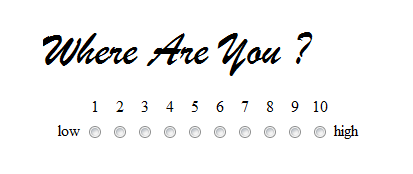While attending to a 2-day course on Management 3.0, on of the new things I discovered was the “solution focus” approach to improving things. Googling on the matter I learned that this technique come from the “Solution focused brief therapy”.

In a solution focused brief therapy (SFBT) the patient is asked to focus on solution-building rather than problem-solving. This can be achieved by exploring current resources and future hopes rather than present problems and past causes.
First thing that popped to my mind when discovering SFBT, is its similarity to an agile retrospective.
Retrospective main aim is to spot improvement opportunities and come up with actions to make things better in the future.
I’ve been conducting and participating to retrospectives for several years now, but unlike SFBT, we were often digging to identify the root-cause of problems and then trying to figure out solutions.
SFBT opened a new perspective for me. Finding the root-cause in a retrospective is putting the effort in looking into the past. Applying SFBT to a retrospective implied not putting the effort on analyzing what happened but rather putting it in finding an action that can lead to a better future.
How can you do that? Here’s the simple recipe I used.
When conducting retrospective I like to follow the structure proposed in “Agile Retrospectives: Making Good Teams Great” by Esther Derby and Diana Larsen. I always structure my retrospective accordingly.
I start by a set the stage activity to break the ice, and a closing activity to share appreciations or get feedback. You can compare these to a starter and a desert in 3-courses menu.
The main course is where most of the work happen, and it goes like this.
It starts with an activity to gather data regarding the last iteration from the participants followed by an activity enabling insights generation leading the team to deciding what to do.
The generate insight activity is usually where the team look at the problem, brainstorm to identify the root. Classical activities that can be used are 5-whys analysis, fishbone, etc. It’s then followed by an activity to identify the actions and decide what to do like SMART goals, Short subjects, etc.
In a solution focused retrospective both activities can be replaced by a single solution oriented activity conducted as follow:
Assuming that the team did a gather data activity and identified themes to work on, divide the participants in groups of 3 or 4, each group takes a theme to work on. In some cases it might possible for the group to work on all the themes.
Ask the group to consider the following two questions:
- Regarding the chosen theme, on a scale from 1 to 10 where do you think we are today?

- What action cans be done in the next iteration accomplish a +1 improvement?
Then ask the group to work 4 small iterations, each one of 6 minutes as follows:
Iteration 1 - On your own, self brain dumping / Silence / Post’it.
Iteration 2 - Together, Share.
Iteration 3 - Aggregate & Consolidate.
Iteration 4 - Finalize & prepare a 1’30 pitch to share with the other groups.

I usually remind the groups to make us of the SMART goals approach when deciding on the actions for the next iteration.
This recipe worked well for me, I found a good way to make the team discover new ways of identifying improvements actions. It’s also a good way to bring novelty to the retrospective and avoid falling into monotony. I’m I’ll be making use form time to time of it in my future working sessions. If you like this activity or would like to propose changes, please do not hesitate to leave your highly welcome comment.
photo credits:
problems solutions entrepreneurship (license),Post-It (license)